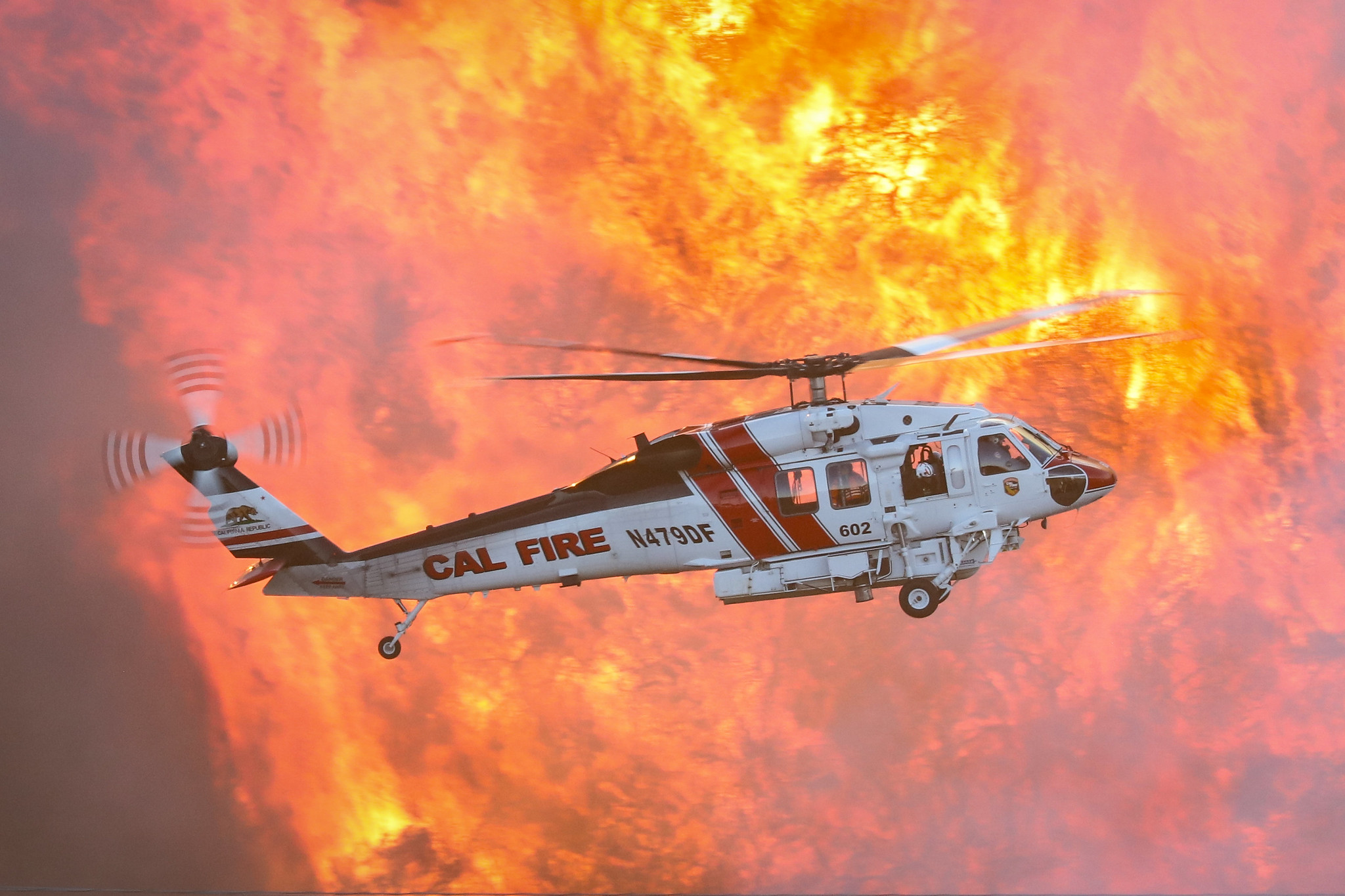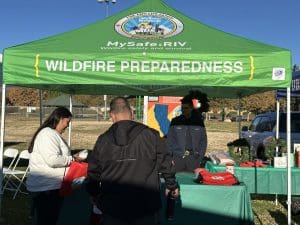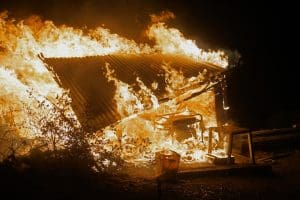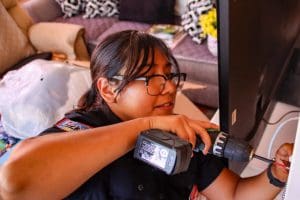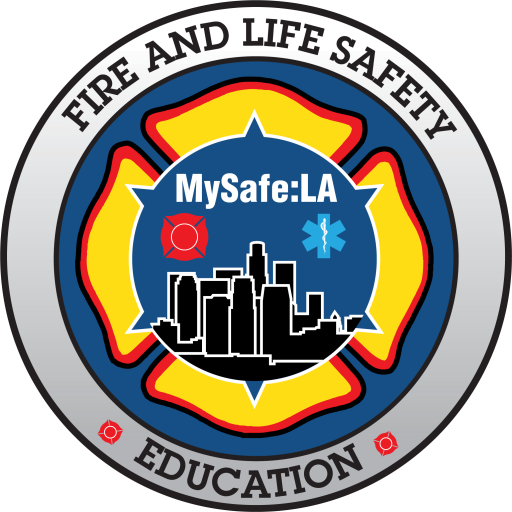As wildfire seasons grow longer and more destructive across California, the demand for faster, smarter, and more coordinated fire suppression efforts has never been greater. At the forefront of that response is CAL FIRE, the state’s lead wildfire agency, which has made significant advances in operational readiness and field capabilities over the past few years.
From elite hand crews and state-of-the-art bulldozers to expanded air operations and post-fire damage assessment teams, CAL FIRE is reshaping how wildfires are fought and managed—and the results are already being felt across high-risk counties like Riverside.
Elite Hand Crews: Backbone of the Frontline
One of CAL FIRE’s most powerful resources is its growing network of hand crews—teams of trained personnel who perform direct fireline construction, mop-up, and tactical firing operations in areas too rugged or inaccessible for heavy machinery.
Recent investments have helped:
- Expand the number of CAL FIRE-led Type I and Type II hand crews
- Integrate post-incarceration fire crews, creating workforce pathways for former inmate firefighters
- Improve safety and efficiency through enhanced physical training, equipment, and leadership development
These crews are often the first to enter and last to leave active fire zones, playing a critical role in protecting lives, property, and infrastructure.
Firefighting Dozers: Power in the Dirt
To contain fast-moving fires, CAL FIRE has also expanded its fleet of firefighting bulldozers and trained specialized dozer operators to carve critical containment lines.
Key improvements include:
- Acquisition of next-gen dozers with GPS-enabled mapping and improved operator safety
- Expanded Dozer Strike Teams in high-risk counties like Riverside and San Bernardino
- Coordinated deployment through real-time situational awareness platforms
These machines are often the difference between a fire breaching a ridge—or being stopped cold.
Air Operations: Expanding the Aerial Arsenal
California’s skies are now a key battleground in the fight against wildfire. CAL FIRE has modernized its air operations program, making it one of the most advanced firefighting aviation fleets in the world.
What’s new:
- Introduction of Firehawk helicopters (S-70i)—faster, more maneuverable aircraft that can fly at night and carry nearly 1,000 gallons of water
- Retrofitting and expansion of the C-130 Hercules fleet, offering heavy-lift aerial retardant capabilities
- Strategic placement of aircraft at CAL FIRE airbases throughout the state, including Southern California hubs that serve Riverside County
These airborne assets dramatically improve initial attack success, especially in rugged terrain where ground crews may take hours to access.
Firefighter Training: Better Prepared, Better Protected
Training remains the cornerstone of any successful fire agency. CAL FIRE has increased its investment in firefighter education and simulation-based learning, including:
- New wildfire training facilities for realistic burn simulations
- Enhanced coursework on WUI operations, structural triage, and leadership
- Emphasis on mental wellness, injury prevention, and incident stress management
This level of preparedness ensures that CAL FIRE personnel—and their partners in local fire agencies—are ready to respond with precision and confidence under pressure.
Damage Inspection (DINS) Teams: Measuring Impact and Learning Lessons
Once the flames are out, the job isn’t over. CAL FIRE’s Damage Inspection Teams (DINS) are among the first to enter burned areas, systematically evaluating property damage and gathering critical data.
DINS teams:
- Provide official damage counts for homes, structures, and infrastructure
- Use GIS mapping tools and photographic documentation to inform response reviews
- Help identify trends in home survivability, building materials, and vegetation clearance, informing future fire-safe building codes
This post-fire analysis is essential to improving resilience and response strategies across California.
What It Means for Riverside County
With large swaths of Riverside County located in the Wildland-Urban Interface (WUI), these statewide advancements by CAL FIRE directly benefit our local communities in Riverside County. In fact, the Riverside County Fire Department is a contract agency, operated by CAL FIRE. Whether it’s faster air support, more boots on the ground, or smarter post-fire analysis, these efforts help protect our homes, our ecosystems, and our way of life.
At MySafe:Riverside, we continue to work closely with CAL FIRE and local agencies to educate residents, promote defensible space, and support home hardening—ensuring that every advance in fire suppression is matched by progress in community preparedness.
Photo Credit: Greg Doyle, Safe Community Project Photographer

